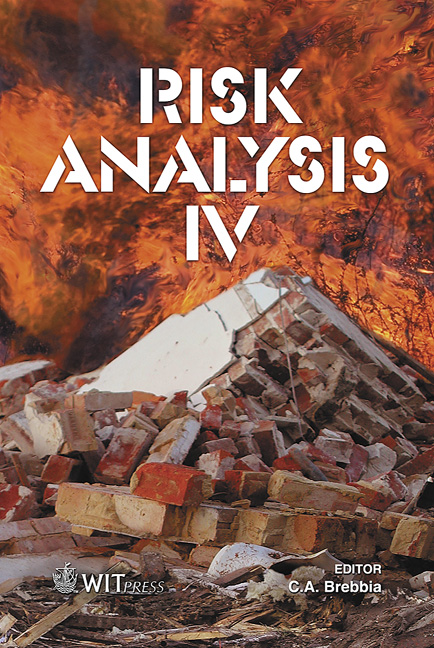Decompositional Analysis Of Unobserved Trigger Factors Of Slope Failures Based On Structural Equation Modeling
Price
Free (open access)
Transaction
Volume
77
Pages
12
Published
2004
Size
1,777 kb
Paper DOI
10.2495/RISK040271
Copyright
WIT Press
Author(s)
H. Kojima & S. Obayashi
Abstract
This paper presents a decompositional analysis of unobserved trigger factors of the slope failures based on Structural Equation Modeling (SEM). Quantitative prediction models are generally based on the relationship between past slope failures and causal factors (e.g., geology, soil, slope, aspect, etc.), and do not deal with the \“trigger factors” (e.g., rainfalls, earthquakes, weathering, etc.), due to the difficulties of obtaining pixel-based observations on the triggering factors. As a measure of triggering, we have selected an inverse analysis algorithm on the trigger factors, and produced \“Trigger Factor Influence maps” or TFI maps. Through that algorithm, we have indicated how a \“single trigger factor” in the path model, which is generally termed a \“path diagram” in the SEM approach used and discussed in this contribution, could be estimated inversely. In this contribution, we try to decompose the trigger factors into a \“1st trigger factor” and a \“2nd trigger factor.” The TFI maps are also produced for each of the two individual trigger factors. As a final product, the "Risky- and Safe-side assessment" sub-areas can be generated as the differences maps, or DIF maps, between those TFI maps. The DIF maps and their interpretation is useful not only for estimating unobserved trigger factors as supporting heuristic information, but also for improving the cost-effectiveness of locating the places for setting the field measuring systems (e.g., tensiometers, rain gauges, etc.). Keywords: slope stability evaluation, inverse analysis of trigger factors, geographical information, satellite remotely sensed data, structural equation modeling.
Keywords
slope stability evaluation, inverse analysis of trigger factors, geographical information, satellite remotely sensed data, structural equation modeling.





